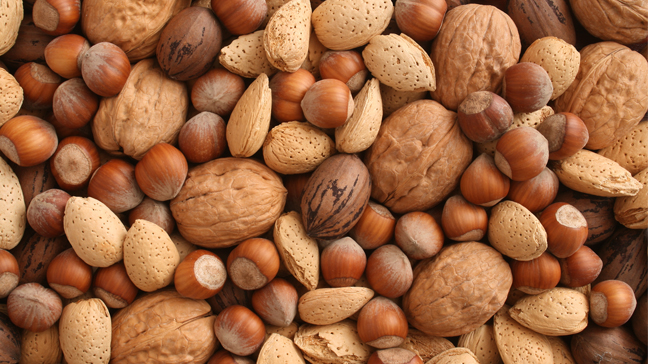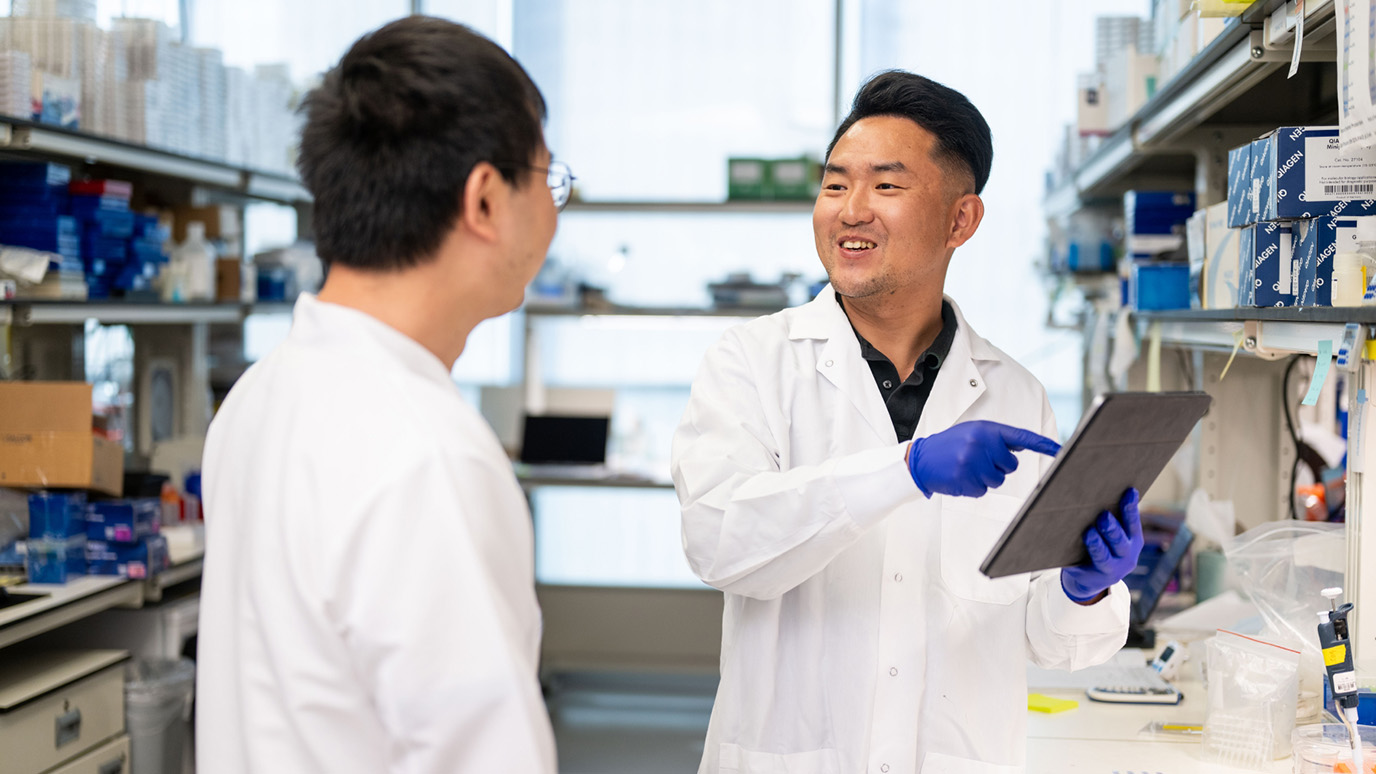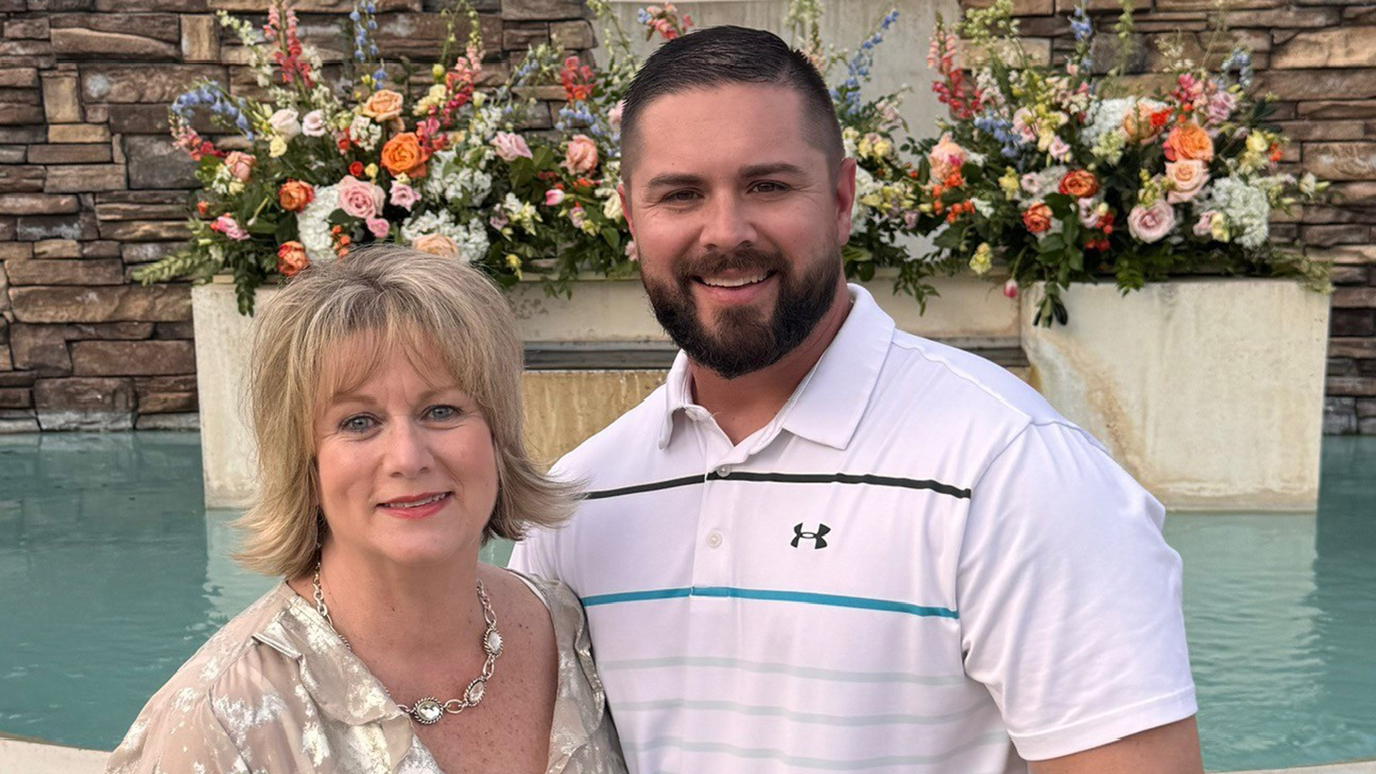- Diseases
- Acoustic Neuroma (14)
- Adrenal Gland Tumor (24)
- Anal Cancer (68)
- Anemia (2)
- Appendix Cancer (16)
- Bile Duct Cancer (26)
- Bladder Cancer (72)
- Brain Metastases (28)
- Brain Tumor (230)
- Breast Cancer (720)
- Breast Implant-Associated Anaplastic Large Cell Lymphoma (2)
- Cancer of Unknown Primary (4)
- Carcinoid Tumor (8)
- Cervical Cancer (158)
- Colon Cancer (166)
- Colorectal Cancer (114)
- Endocrine Tumor (4)
- Esophageal Cancer (44)
- Eye Cancer (36)
- Fallopian Tube Cancer (8)
- Germ Cell Tumor (4)
- Gestational Trophoblastic Disease (2)
- Head and Neck Cancer (8)
- Kidney Cancer (128)
- Leukemia (344)
- Liver Cancer (50)
- Lung Cancer (288)
- Lymphoma (284)
- Mesothelioma (14)
- Metastasis (30)
- Multiple Myeloma (100)
- Myelodysplastic Syndrome (60)
- Myeloproliferative Neoplasm (4)
- Neuroendocrine Tumors (16)
- Oral Cancer (100)
- Ovarian Cancer (174)
- Pancreatic Cancer (164)
- Parathyroid Disease (2)
- Penile Cancer (14)
- Pituitary Tumor (6)
- Prostate Cancer (146)
- Rectal Cancer (58)
- Renal Medullary Carcinoma (6)
- Salivary Gland Cancer (14)
- Sarcoma (238)
- Skin Cancer (296)
- Skull Base Tumors (56)
- Spinal Tumor (12)
- Stomach Cancer (64)
- Testicular Cancer (28)
- Throat Cancer (92)
- Thymoma (6)
- Thyroid Cancer (96)
- Tonsil Cancer (30)
- Uterine Cancer (80)
- Vaginal Cancer (16)
- Vulvar Cancer (20)
- Cancer Topic
- Adolescent and Young Adult Cancer Issues (20)
- Advance Care Planning (10)
- Biostatistics (2)
- Blood Donation (18)
- Bone Health (8)
- COVID-19 (362)
- Cancer Recurrence (120)
- Childhood Cancer Issues (120)
- Clinical Trials (632)
- Complementary Integrative Medicine (24)
- Cytogenetics (2)
- DNA Methylation (4)
- Diagnosis (232)
- Epigenetics (6)
- Fertility (62)
- Follow-up Guidelines (2)
- Health Disparities (14)
- Hereditary Cancer Syndromes (126)
- Immunology (18)
- Li-Fraumeni Syndrome (8)
- Mental Health (118)
- Molecular Diagnostics (8)
- Pain Management (62)
- Palliative Care (8)
- Pathology (10)
- Physical Therapy (18)
- Pregnancy (18)
- Prevention (914)
- Research (398)
- Second Opinion (74)
- Sexuality (16)
- Side Effects (608)
- Sleep Disorders (10)
- Stem Cell Transplantation Cellular Therapy (216)
- Support (402)
- Survivorship (322)
- Symptoms (184)
- Treatment (1790)
AML survivor: My road to recovery
3 minute read | Published November 19, 2013
Medically Reviewed | Last reviewed by an MD Anderson Cancer Center medical professional on November 19, 2013
Every day, acute myeloid leukemia (AML) survivor Erika Evans runs four miles around Lake Austin. Just two years ago she thought she'd never run again. Worse, she thought she might not live.
Erika's AML symptoms
On that same running trail in 2011, Erika felt her first AML symptom: a relentless cough. She assumed it was allergies. She tried cold medications, but the cough grew worse, until Erika could barely walk short distances without coughing. She decided to see a doctor.
A series of blood tests showed she had chronic leukemia. Erika didn't waste a moment. She told her doctor, "Well, at least we can treat it."
Doctors concluded Erika had acute lymphocytic leukemia (ALL) and began chemotherapy. But by the time the treatment was complete, the size of her cancer had doubled. Erika had been misdiagnosed.
AML treatment: Cord blood transplant
Erika was determined to become well again. "I just had to fight for my kids," she says. "One minute they had this healthy mom. The next minute, I was on my death bed."
Erika had lost her father as a teenager, and she didn't want her children to suffer as she had. So Erika came to MD Anderson.
With the correct leukemia diagnosis, she began treatment: chemotherapy and radiation, which was to be followed by a stem cell transplant. After chemo and radiation, Erika and her doctors began looking for a donor, but couldn't find a match.
"It felt like yet another door was shut in my face," she says. Erika's doctor, Elizabeth Shpall, M.D., decided to use umbilical cord blood for the transplant. However, umbilical cords provide a lower dose of white blood cells and platelets, increasing the risk of infection.
At the time, Shpall and her colleagues were conducting a clinical trial to see if, by growing those cells in a lab, they could increase the number of white blood cells and make cord blood transplants safer for patients.
Erika participated in the study, the results of which were published in the New England Journal of Medicine. "I accepted the idea since I had no other chance of survival without it, but in the back of my mind, I was worried," Erika says. "Dr. Shpall calmed my nerves, and Itrusted her 100%."
Cord blood transplant recovery and GVHD
Three weeksafter her cord blood transplant, Erika developed graft versus host disease (GVHD). The new cells didn't recognize their new environment and attacked her body.
She grew new fingernails and developed a rash on her skin and sores on her mouth and tongue.
She couldn't swallow and spent 23 days on a feeding tube. And, she lost so much weight that her skin hung loose where muscles used to be.
Erika often looked out the window, wishing she could trade places with someone -- anyone -- outside. "I looked like I was 90 years old," she says. "I went through every symptom you could have, and I wondered if I would ever feel good again."
Returning home after AML treatment
One hundred days after she arrived at MD Anderson, Erika was released. She was nearly bedridden, so her kids cared for her through the summer. When they went back to school in September, Erika became her own caregiver.
While being her own caregiver was difficult, Erika was grateful in the end. "It was really good for me," she says. "I wanted to be healthy again, and this made me work toward it."
Eventually, she started exercising a little, too. She began with one sit-up, one squat. Over time, Erika was able to do more. Eventually, she felt like her old self again.
Now Erika dedicates her time to helping other patients. She often returns to MD Anderson, not for her own appointments, but to visit others. She brings them bags of orange plastic bracelets that they can share with others as a sign of awareness and support,and more importantly, a message of hope.
She wants them to know, "I've been where you are, and you are going to get to have a life again. It just takes time."
AML is one of the cancers MD Anderson is focusing on as part of our Moon Shots Program to dramatically reduce cancer deaths. Learn more about our AML/MDS Moon Shot.
Related Cancerwise Stories

I've been where you are, and you are going to get to have a life again. It just takes time.
Erika Evans
Survivor





